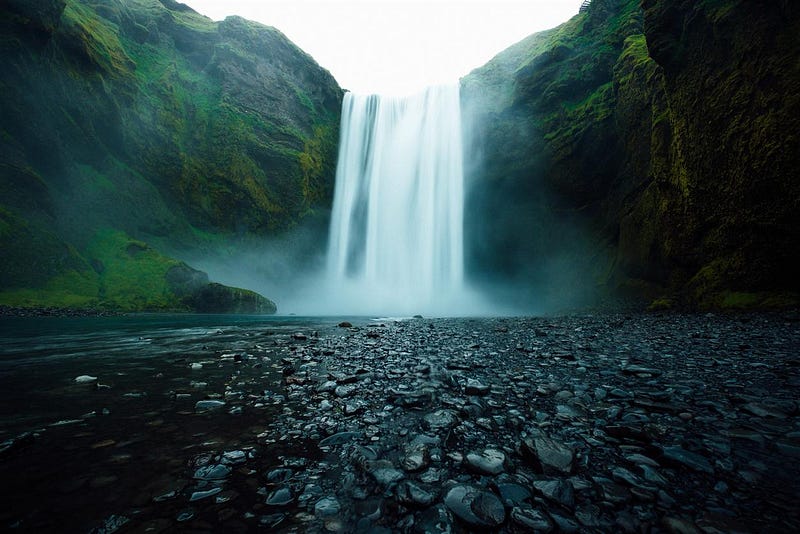A Comprehensive Exploration of Female Squirting
Written on

The topic of female squirting often leads to awkwardness and laughter among adults, reflecting a profound lack of understanding. Historical ambiguity surrounding female orgasms and squirting contributes to this discomfort. Misconceptions abound, with some mistakenly equating squirting to urination, a claim many women vehemently dispute. The scientific community remains divided, with much still to learn about this natural aspect of female physiology. In light of International Women’s Day, I aim to shed light on this beautiful and essential process.
Embracing Squirting
Squirting should not be a source of shame or ridicule; rather, it ought to be celebrated as a normal part of human sexual experience. If everyone were the same, the sexual experience would be far less enriching.
A Note on Individuality
It is crucial to recognize that every individual’s body is unique. Some women may squirt, while others do not. There is a vast diversity in vulvar shapes and sizes, and none are superior to others. The primary takeaway from this discussion should be one of body positivity and acceptance.
Understanding the Science
For centuries, both men and women have documented the phenomenon of female ejaculation, long before the advent of digital media. This article seeks to clarify misconceptions and help women feel empowered about their bodies. Some assert that squirting does not exist, labeling it as mere incontinence or urine. However, historical texts and recent scientific research contradict these claims.
Legal Oddities
Interestingly, squirting is classified as obscene in the UK, highlighting societal confusion and double standards. Imagine a scenario where male ejaculation was similarly dismissed as a myth, leading to its prohibition in adult films.
Historical References
Literature from centuries ago illustrates the longstanding acknowledgment of female squirting. Notably, Laevinius Lemnius in 1557 referenced it as a "secret miracle of nature." François Mauriceau in the 17th century noted that the glands near the urethra release fluids during intercourse, enhancing pleasure. Renier de Graaf's work in the same era identified glands believed to produce this fluid.
The G-Spot Connection
De Graaf discovered what are now known as Skene’s Glands, located near the G-Spot, a sensitive area within the vulva. This region, positioned a few inches inside the vaginal entrance, is recognized for its potential to enhance sexual pleasure and is linked to female ejaculation.
Cultural Practices
In contrast to Western perspectives, cultures in East Africa have long understood and practiced techniques to stimulate female orgasm and ejaculation, notably through a method called Kunyaza, which emphasizes comprehensive stimulation rather than mere penetration.
The Nature of the Fluid
The composition of the fluid expelled during squirting is complex. While it can sometimes include urine due to incontinence, it is often a distinct substance. Research by Edwin Belzer Jr. suggests that the ejaculate does not contain the same elements as urine. Studies indicate the fluid resembles male ejaculate but lacks sperm.
Conclusion
While research on female squirting is still evolving, it is clear that it should not be a source of shame. Historical attitudes towards squirting were more accepting than contemporary views, which often reflect ignorance. Women should feel empowered and proud of their bodies, regardless of societal misconceptions. Embrace your sexuality and the uniqueness of your experience; life is meant to be enjoyed passionately.
© 2019; Joe Duncan. All Rights Reserved
